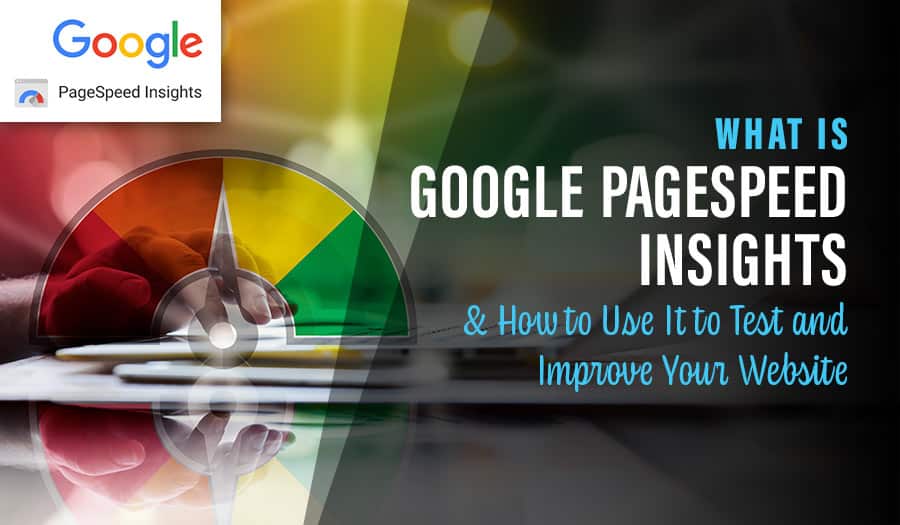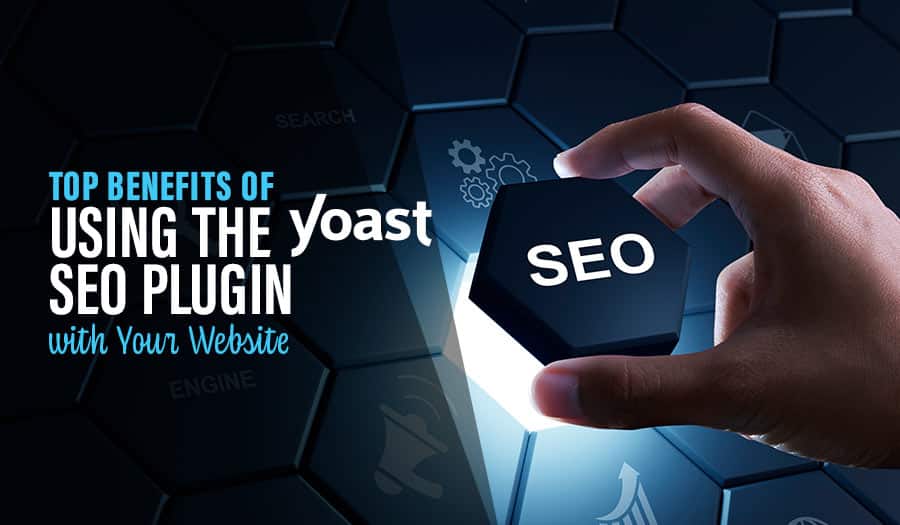Have you ever wondered what Is Google PageSpeed Insights and How it Can Improve Your Website? When it comes to building a search engine optimised website, speed is crucial. Visitors will bounce from your website at a high rate if your website is slow. Even so, speeding up your website is easier said than done. You could encounter numerous bottlenecks, including things such as large page elements or poorly written codes. Fixing such issues can help ensure that your website loads faster, has a low bounce rate, and ranks better on Google.
Fortunately, Google offers PageSpeed Insights to help you determine how to optimise your website. This post is an in-depth guide on what Google PageSpeed Insights is, the key metrics it measures, and how to use it to enhance your website.
What Is Google PageSpeed Insights?
Google PageSpeed Insights reports on how a page performs both on desktop and mobile devices and offers suggestions on how to improve the performance of that page. It basically measures the duration it takes for a page to load, calculates the score, and analyses a website for potential enhancements.
What Key Metrics Does Google PageSpeed Measure?
Now that we’ve determined what Google PageSpeed Insights is let’s look at the metrics it measures.
PageSpeed Insights integrates the field data, such as the data collected by Google’s CrUX (Chrome User Experience report), with a page’s lab data that are gathered by Lighthouse.
As soon as Google has completed the evaluation, the PageSpeed score is displayed on a scale from 0 to 100. The score provides a rough idea of how well your page is performing. The performance is a weighted average of various metrics, meaning that the highly weighted metrics have a greater effect on the overall score.
The individual weightings aren’t visible in the Lighthouse report. However, they can be viewed in the Lighthouse Scoring Calculator. The different weightings are often chosen to provide a balanced representation of how users perceive performance.
Some of the primary metrics that PageSpeed Insights uses to evaluate the performance of a page include:
- First Contentful Paint (FCP): This metric measures the duration from when a page starts loading to when any part of the content on the page becomes rendered on the screen. When it comes to this metric, content refers to images and text. To provide a satisfactory user experience, websites should endeavour to have an FCP of 1.8 seconds or less.
- Largest Contentful Paint (LCP): This metric reports the render time of the largest text block or image that can be viewed within the viewport relative to the time the page began loading. To offer a satisfactory user experience, you should ensure that your LCP score is 2.5 seconds or less.
- Speed Index: This metric assesses how fast content is visually displayed during a page load. A speed index of 0-3.4 will have a green colour code meaning it’s fast, and between 2.4-4.8 will have an orange colour code meaning it’s moderate, whereas that with a speed index over 5.8 will have a red colour code meaning it’s slow.
- Cumulative Layout Shift (CLS): This metric measures the biggest layout shift burst for each unforeseen layout shift that takes place during a page’s entire lifespan. Layout shifts often happen whenever a visible component alters its position between rendering frames. A good CLS score should be 0.1 or lower.
- Time to Interactive(TTI): This metric measures the duration it takes for a page to become fully interactive. A page is deemed to be interactive if it displays useful content that can be measured by the FCP, it responds to user interactions within 50 milliseconds, and its event handlers are registered for the most visible page elements. That said, a TTI of between 0-3.8 has a green colour code meaning it’s fast, and between 2.9-7.3 has an orange colour code indicating it’s moderate. And finally, a TTI of 7.3 and above has a red colour code, meaning it’s slow.
- Total Blocking Time (TBT): This metric measures the total duration between FCP and TTI, where the primary thread was blocked for a long time to prevent input responsiveness. To provide a satisfactory user experience, websites should endeavour to have a TBT of fewer than 200 milliseconds when tested on an average mobile device.
Each of these metrics is scored and labelled with an icon:
- A green circle indicates good performance
- An amber informational square indicates that there’s a need for improvement
- A red warning triangle indicates poor performance
How to Use PageSpeed Insights to Improve Your Website
Here are some of the ways you can use PageSpeed Insights to enhance the performance of your website:
1. Compress Your Images
Large images are the biggest cause of slow loading speed and low scores. Compressing large images is an excellent way of optimising your website’s loading speed. Using various image compression tools, you can save an average of 50% or more on image space.
2. Utilise Browser Caching
Caching entails storing resources in web browsers. Browser caching functions by recalling the resources reloaded previously, so you don’t need to reload them every time someone visits your website. When a visitor visits a new page on your website, all your data, including footers and logos, won’t have to load again. This enhances the speed at which the pages on your website load.
3. Minify Your HTML
Minimising the space your HTML code occupies is another excellent way of improving your website. Minification entails removing or fixing duplicated or unnecessary pieces of data without affecting how a browser processes the HTML. You’ll basically have to fix, format, and shorten codes. You’ll also need to remove unused codes.
4. Avoid Multiple Page Redirects
Redirects usually point one URL to another. They are usually used to move or delete a page on a website. While there’s nothing wrong with using redirects, they often cause additional delays in loading time. With that in mind, you should use redirects only when you absolutely have to.
5. Minimise the Impact of Third-Party Codes
Limiting reliance on third-party codes is important to prevent them from adversely affecting your website. In scenarios where you deem third-party codes necessary, it’s vital to still minimise its impact on your website’s performance.
6. Avoid Huge Network Payloads
Requiring huge network payloads may require the use of more cellular data, consequently costing your visitors more money. You can prevent this by reducing the number of network requests required to reach your website. Google recommends that you keep your total to 1600 KB or lower.
Wrapping Up
While Google PageSpeed Insights should be a key tool in your webmaster toolbox, you shouldn’t fixate on your score and obsess on obtaining the perfect score of 100/100. This is because it could take away from other vital tasks that could provide more significant benefits.
Are you looking to build a new website or optimise an existing one? Pixel Fish is your go-to Sydney website design agency. We create top-notch WordPress websites for business owners and marketing managers to help them connect with the online audience and convert visitors into buying customers. Contact us to learn more about our services.
Take your business to the next level with a Pixel Fish Website.
Check out some of our latest Website Design projects.
Further Information
Pixel Fish Hosting, Support & Maintenance
Is your WordPress Hacked? Here are 5 Potential Reasons
Read More
How to Create the Perfect LinkedIn Profile
6 Key Benefits of a 90 Day Business Plan
Top 5 Common Start Up Mistakes to Avoid
3 Numbers Every Business Owner Should Know
The Top 10 Mistakes to Avoid When Creating a Business Website
6 Key Sydney Website Design Website Features
What Makes an Engaging and Successful Australian Business Website?
How to Choose the Best Ecommerce Shipping Options for Your Website
How to Price Online Store Products Correctly
Why WordPress Web Design Has Been Embraced Worldwide
How your WordPress website can streamline your business
10 Top Tips for Creating The Perfect Tradie Website
5 Reasons to the Switch to WordPress Web Design
How to create Recurring Revenue through Your Website
How to Source the Right Products at the Right Price
SEO Keyword Research
The 9 Top WordPress Website KPI’s to Monitor
What Is Domain Authority and How To Improve Your Ranking?
What Are Google Core Web Vitals? (And Why You Need Them)
3 Reasons Why Website Speed Matters for Your Business
The 9 Best Google Analytics Metrics to Track for Your Website



